Wraxall Yard transforms derelict Dorset barns into accessible community space
Wraxall Yard in Dorset sees Clementine Blakemore Architects transform a series of derelict barns into an accessible community space, a workshop and holiday accommodation
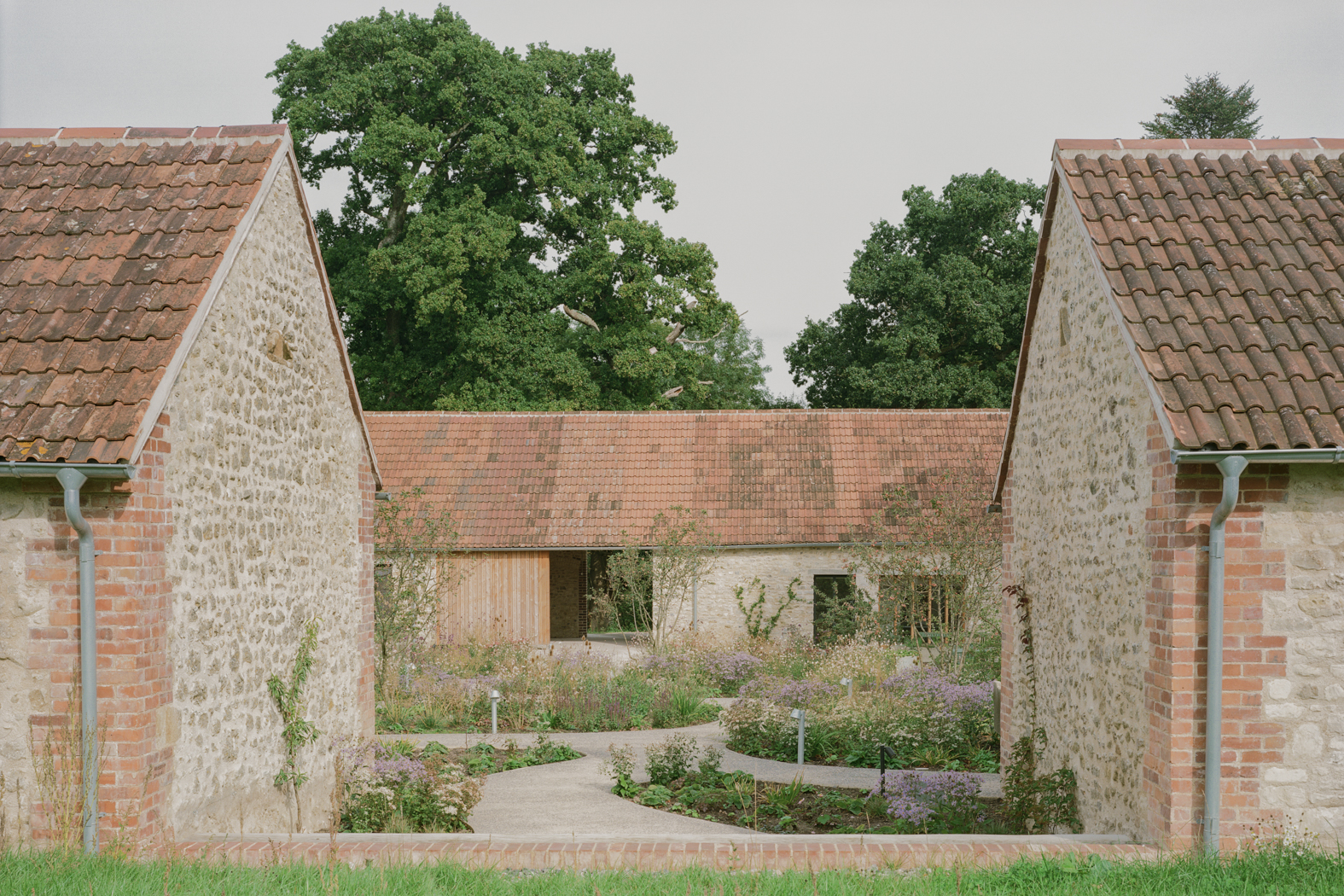
Clementine Blakemore Architects has just completed Wraxall Yard, transforming a series of derelict farm buildings in Dorset into a community space, a workshop and holiday accommodation that offers an antidote to the sterile rental options that prevail for people with disabilities.
‘All too often accessible accommodation feels institutional and you wouldn’t want to stay there if you had more choice,’ says Blakemore. ‘We wanted to create a destination that would be desirable for everyone.’
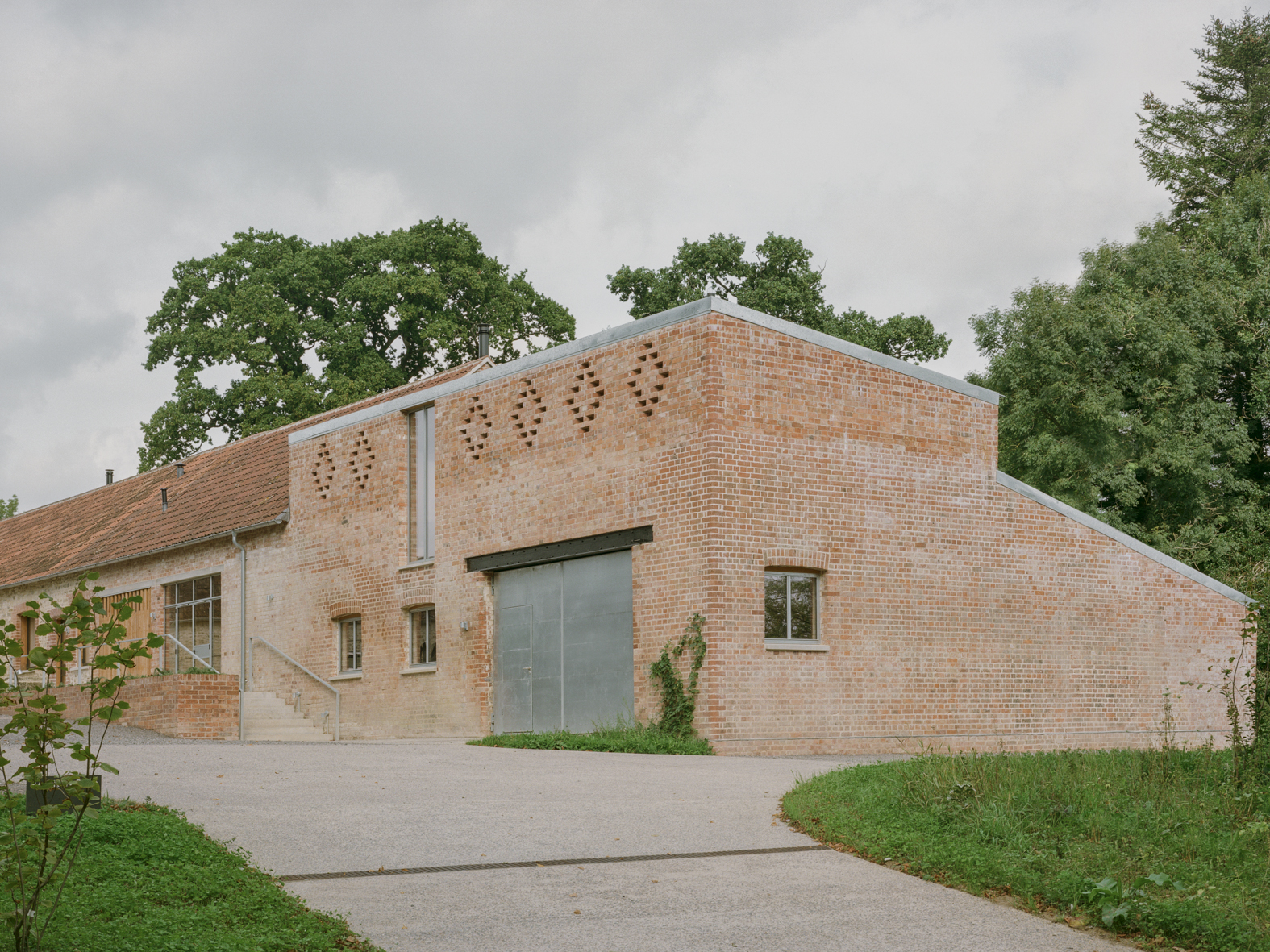
The restoration and transformation of Wraxall Yard
The restored buildings at Wraxall Yard sit on a 250-acre organic farm in the West Dorset Area of Outstanding Natural Beauty and are part of a project by owner Nick Read to improve the biodiversity of the landscape and provide universal access to it. It is driven by the belief that ‘everyone should have the opportunity to engage with farming and wildlife,’ as Read puts it.
His mother suffered from multiple sclerosis and he witnessed first-hand her search to find places to stay that were both practical and beautiful. Since Wraxall Yard opened as a not-for-profit Community Interest Company this summer, around 60 per cent of bookings have been from families that include a person with disabilities.

Blakemore worked closely with the Centre for Accessible Environments to adapt the buildings, as well as held design consultations with people with disabilities to understand their experiences, and deduce how their needs could be met while maintaining the character of the farm.
A key intervention was to tuck parking away at the rear and create a gently sloping path through a coppiced nuttery, one of the barns and into the planted courtyard, eliminating the need for ramps and handrails for wheelchair users.

The stone and brick dairy barns, which date back to the mid-19th century, were on the brink of collapse before work began. Blakemore nursed them back to health using salvaged local stone set in lime mortar and British-grown timber, exposing the structure internally where possible. She preserved the agricultural character and rhythm of the existing doorways and high-level clerestories.
Receive our daily digest of inspiration, escapism and design stories from around the world direct to your inbox.

Inside, the five holiday cottages have accommodation spread across one level, with generous turning circles and clear access to windows and doors. Accessible features include integrated grab-handles; rise and fall worktops in kitchens; and height-adjustable and profiling beds, with bespoke solid Douglas fir surrounds to match the joinery and furniture by Another Country. Everywhere is specced to avoid a clinical feel. One bedroom has hoisted access to an en-suite bathroom, with a track discreetly recessed into the timber roof truss.
‘We’ve designed the cottages to allow other provisions to be retrofitted to meet demand in future,’ says Blakemore.
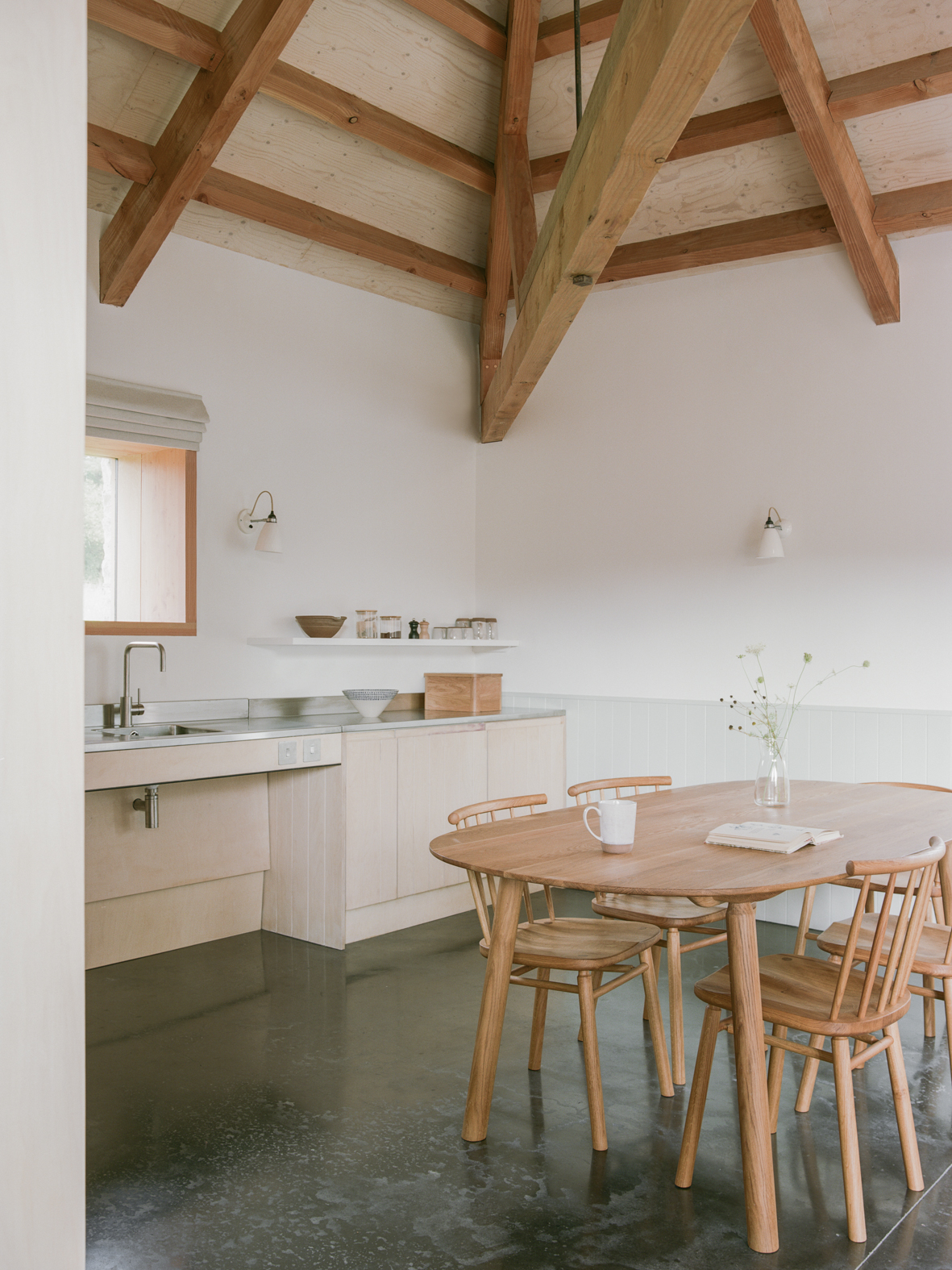
Guests also have access to a community space and workshop, in which bricks have been left exposed, and to the restored steel Dutch barn, home to livestock and a biomass boiler. Wraxall Yard is also teaming up with local charity Green Island Trust to offer supported holidays for local people living with a disability in the coming year.
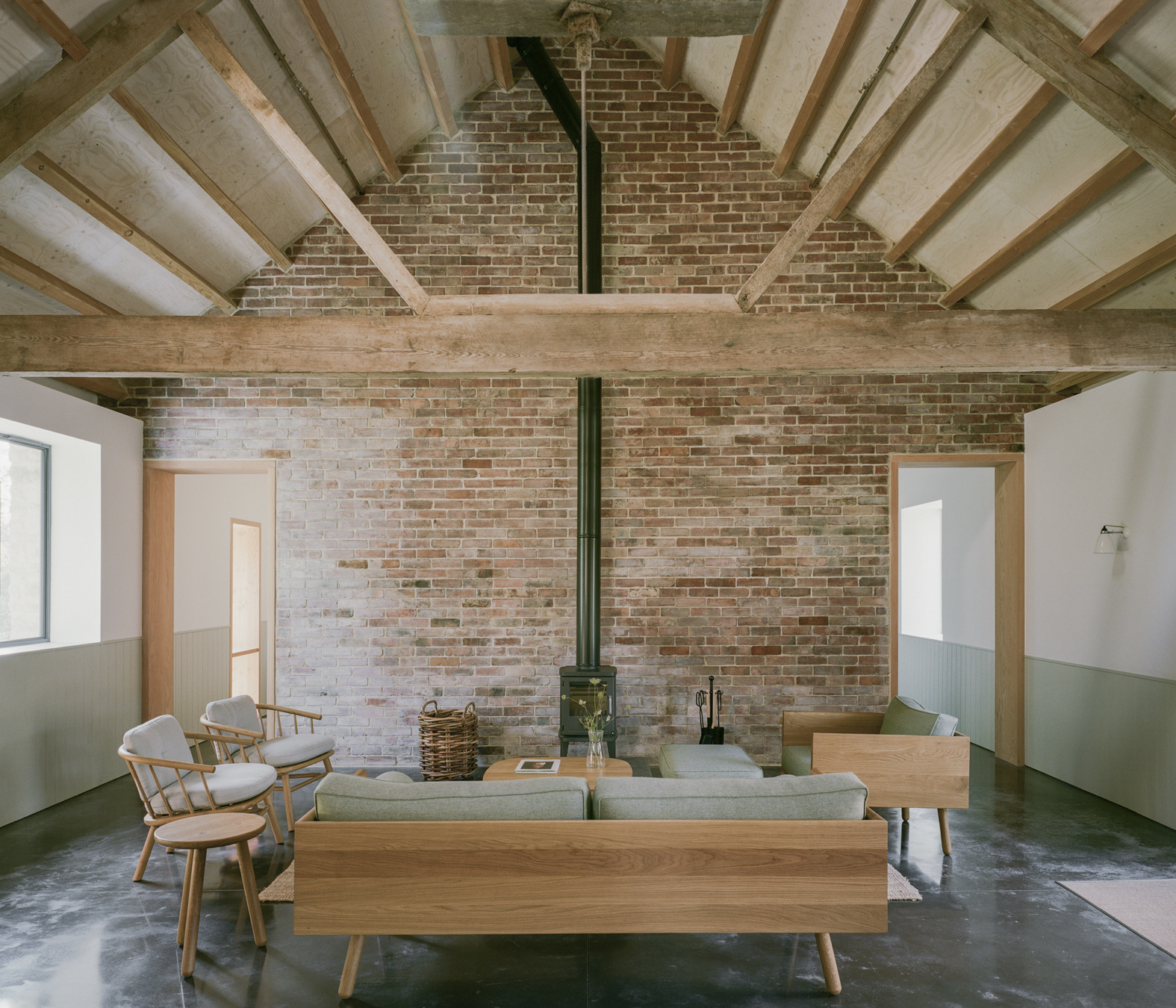
It’s the largest project to date for Blakemore’s emerging London-based practice. Her previous projects include a music pavilion for a school in Buckinghamshire and a temporary structure for the grounds of the Design Museum. ‘We’re interested in projects with a social ambition,’ she says.
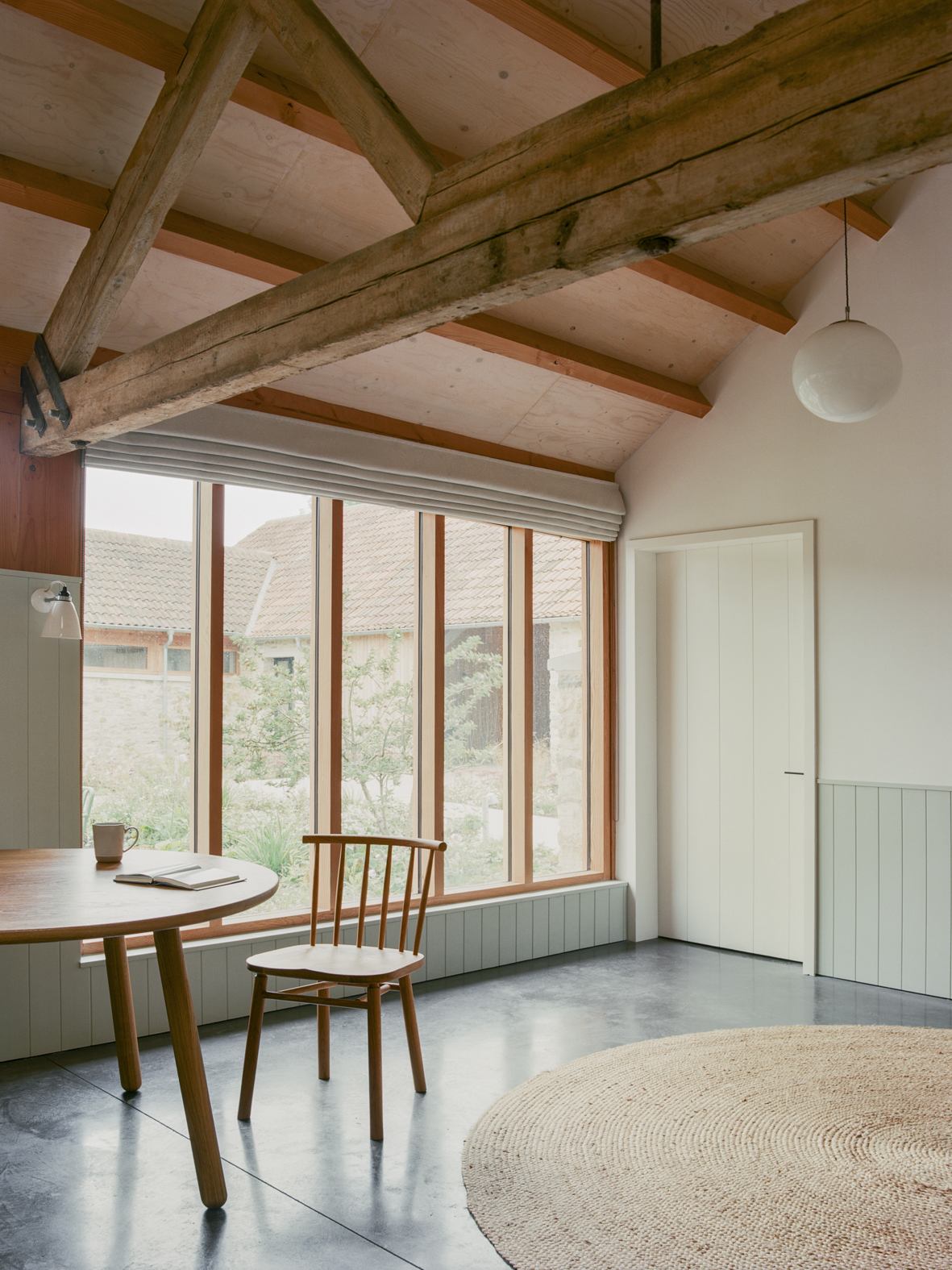
Hortus Collective designed the naturalistic landscape around the barns, using regenerative agriculture principles. Guests can take guided walks around the farm or picnics on the boardwalk. Adds Blakemore: ‘The farm acknowledges that people’s wellbeing is intricately connected to that of the planet.’
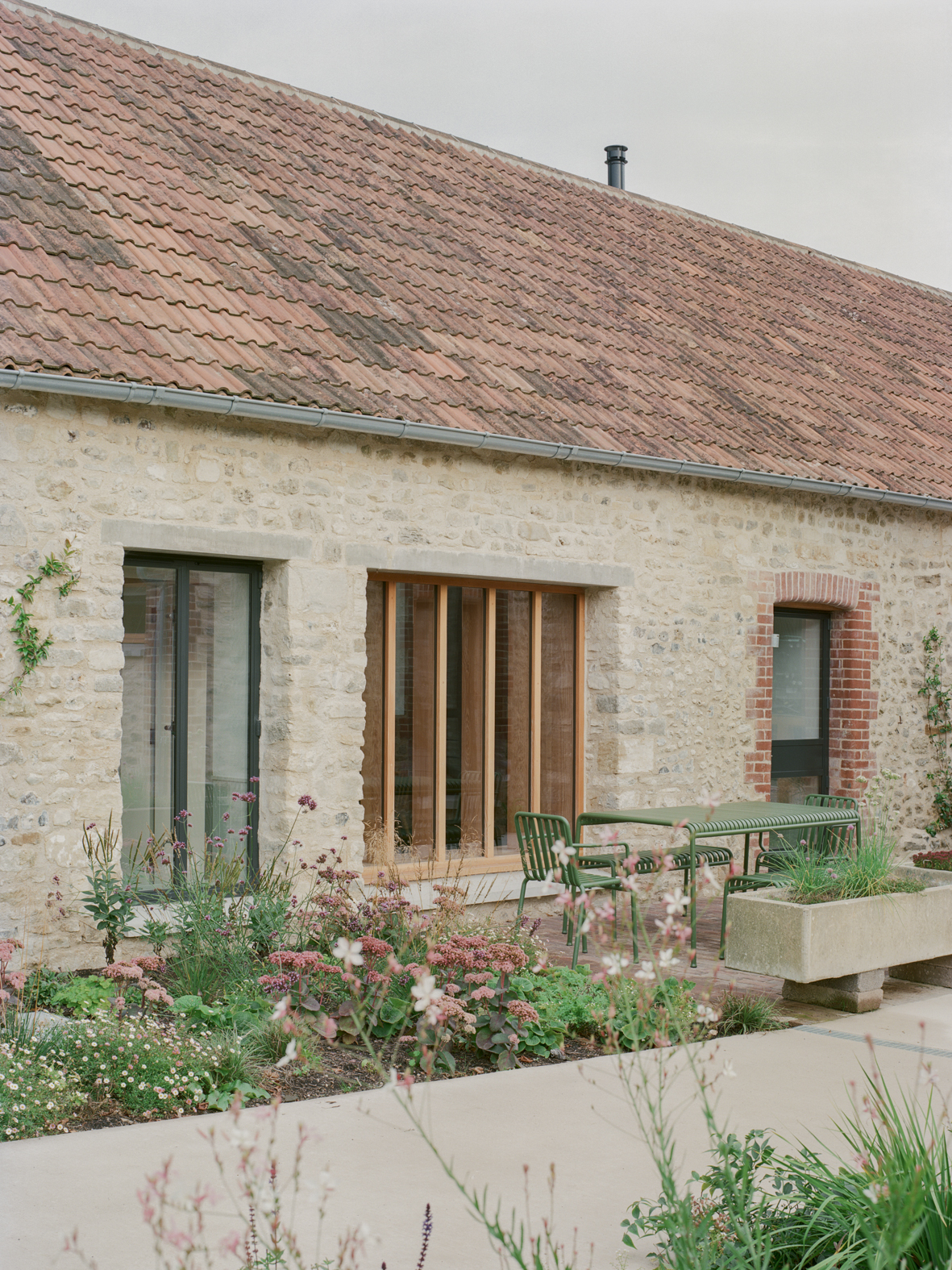
Malaika Byng is an editor, writer and consultant covering everything from architecture, design and ecology to art and craft. She was online editor for Wallpaper* magazine for three years and more recently editor of Crafts magazine, until she decided to go freelance in 2022. Based in London, she now writes for the Financial Times, Metropolis, Kinfolk and The Plant, among others.
-
 Eight questions for Bianca Censori, as she unveils her debut performance
Eight questions for Bianca Censori, as she unveils her debut performanceBianca Censori has presented her first exhibition and performance, BIO POP, in Seoul, South Korea
-
 How to elevate a rental with minimal interventions? Charu Gandhi has nailed it with her London home
How to elevate a rental with minimal interventions? Charu Gandhi has nailed it with her London homeFocus on key spaces, work with inherited details, and go big on colour and texture, says Gandhi, an interior designer set on beautifying her tired rental
-
 These fashion books, all released in 2025, are the perfect gift for style fans
These fashion books, all released in 2025, are the perfect gift for style fansChosen by the Wallpaper* style editors to inspire, intrigue and delight, these visually enticing tomes for your fashion library span from lush surveys on Loewe and Louis Vuitton to the rebellious style of Rick Owens and Jean Paul Gaultier
-
 A former agricultural building is transformed into a minimal rural home by Bindloss Dawes
A former agricultural building is transformed into a minimal rural home by Bindloss DawesZero-carbon design meets adaptive re-use in the Tractor Shed, a stripped-back house in a country village by Somerset architects Bindloss Dawes
-
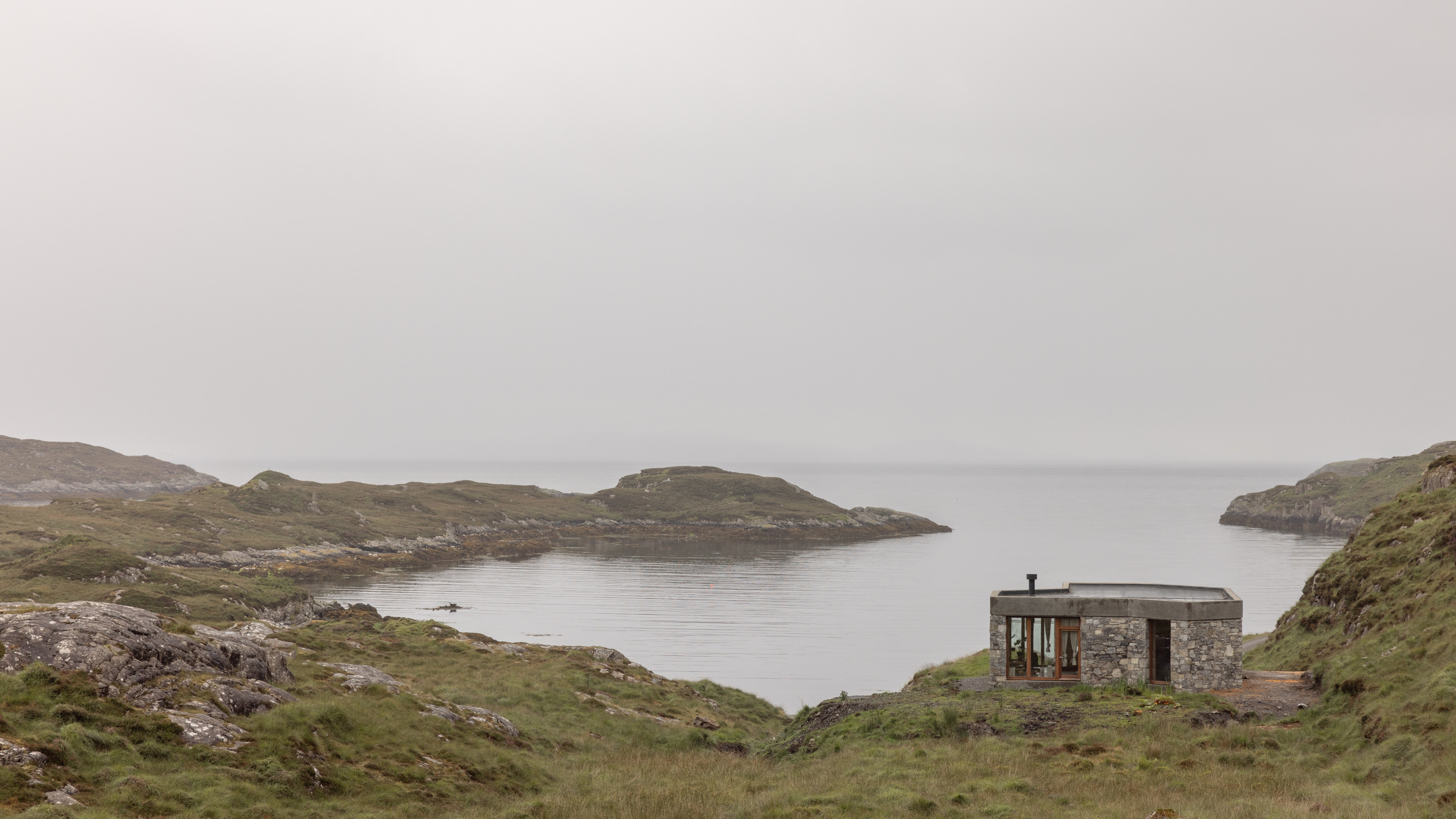 RIBA House of the Year 2025 is a ‘rare mixture of sensitivity and boldness’
RIBA House of the Year 2025 is a ‘rare mixture of sensitivity and boldness’Topping the list of seven shortlisted homes, Izat Arundell’s Hebridean self-build – named Caochan na Creige – is announced as the RIBA House of the Year 2025
-
 In addition to brutalist buildings, Alison Smithson designed some of the most creative Christmas cards we've seen
In addition to brutalist buildings, Alison Smithson designed some of the most creative Christmas cards we've seenThe architect’s collection of season’s greetings is on show at the Roca London Gallery, just in time for the holidays
-
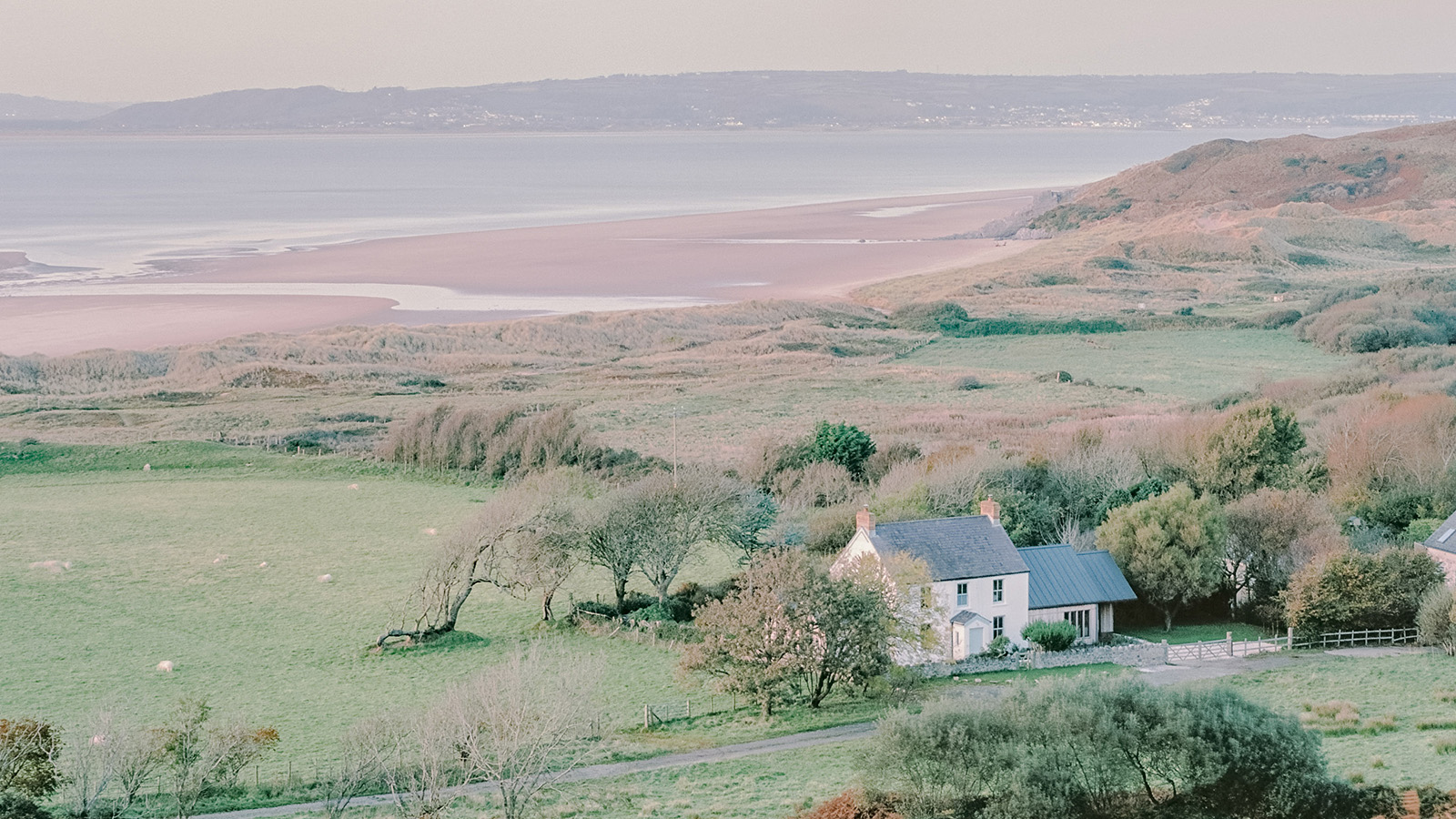 In South Wales, a remote coastal farmhouse flaunts its modern revamp, primed for hosting
In South Wales, a remote coastal farmhouse flaunts its modern revamp, primed for hostingA farmhouse perched on the Gower Peninsula, Delfyd Farm reveals its ground-floor refresh by architecture studio Rural Office, which created a cosy home with breathtaking views
-
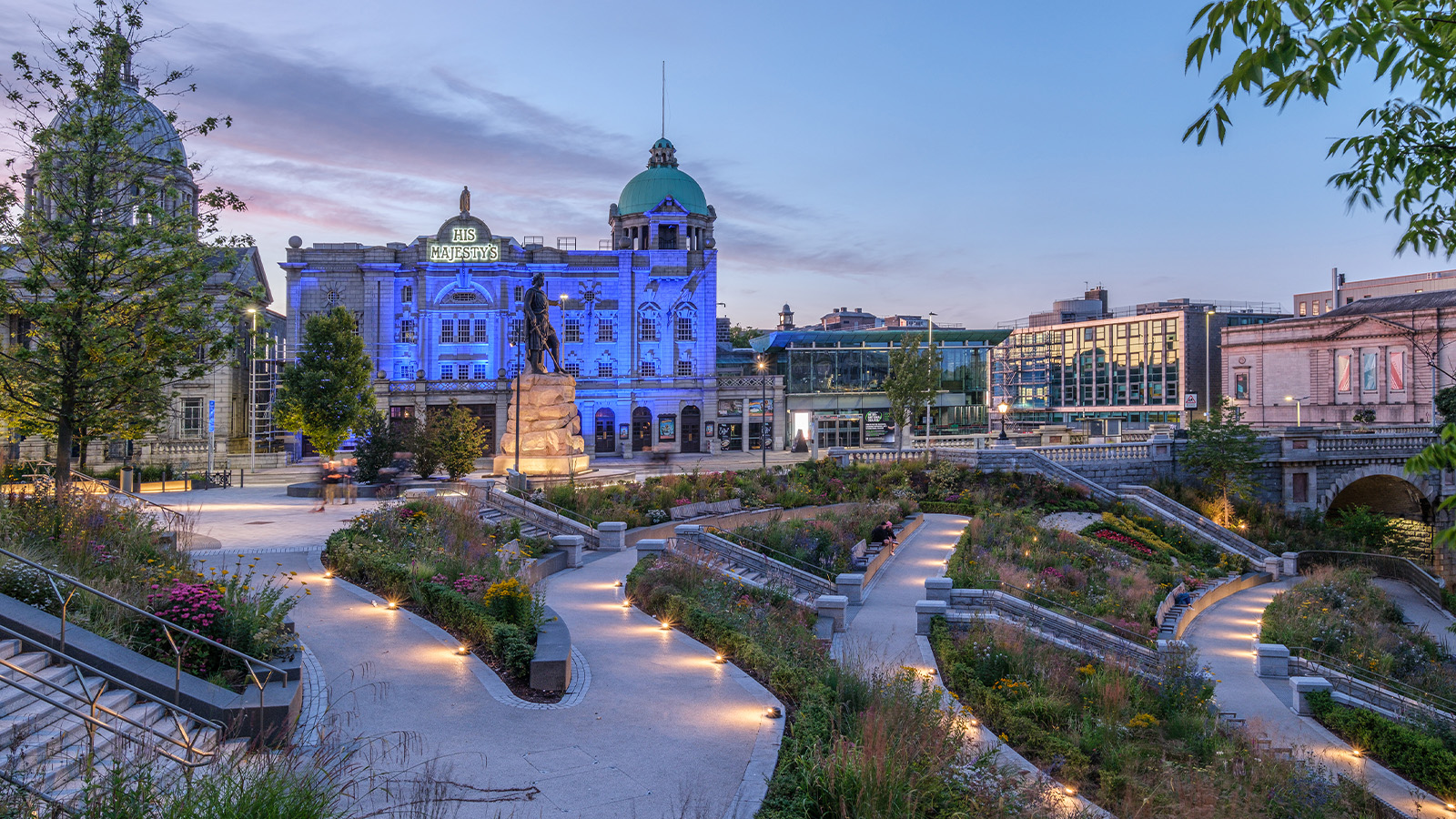 A revived public space in Aberdeen is named Scotland’s building of the year
A revived public space in Aberdeen is named Scotland’s building of the yearAberdeen's Union Terrace Gardens by Stallan-Brand Architecture + Design and LDA Design wins the 2025 Andrew Doolan Best Building in Scotland Award
-
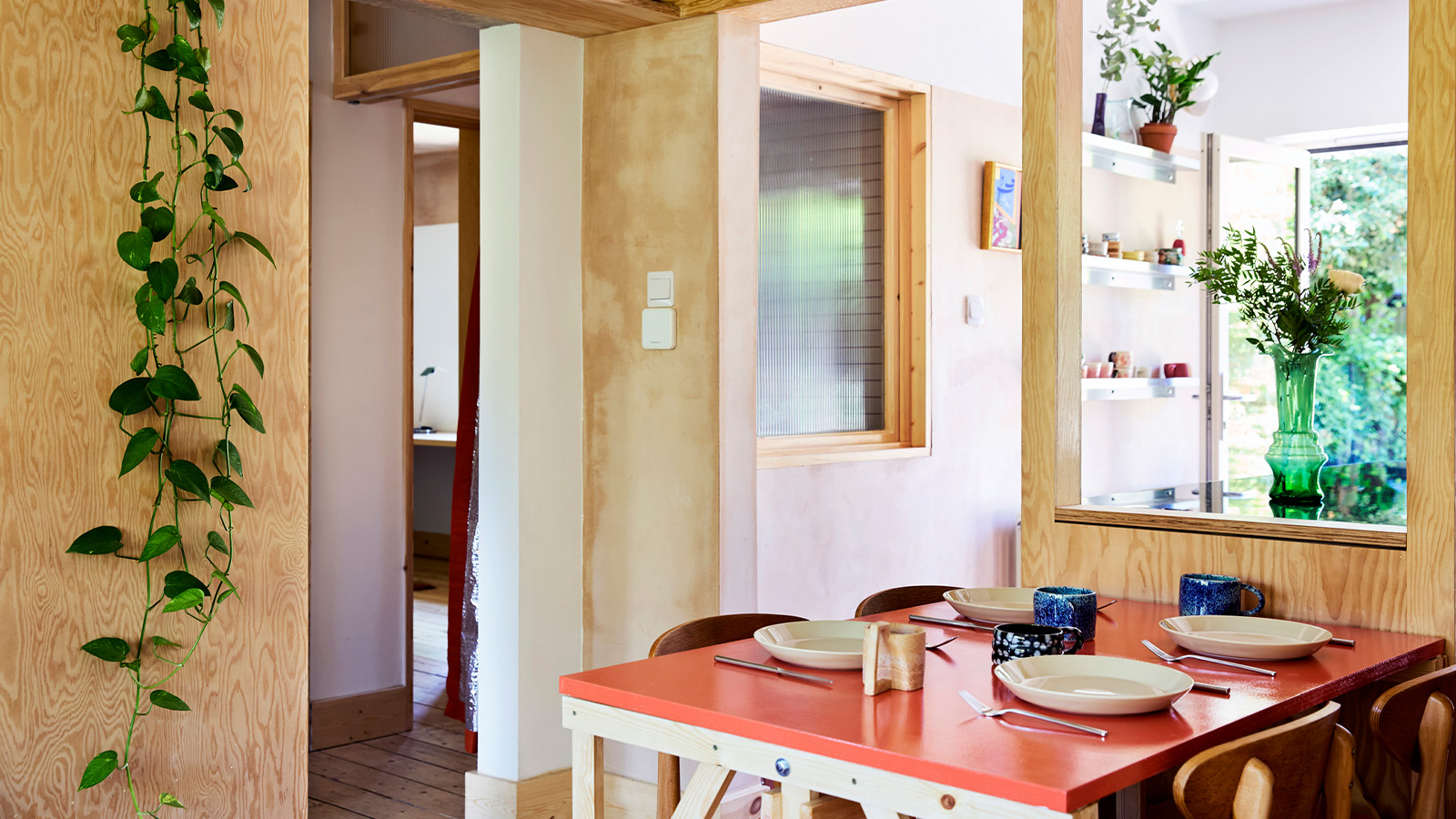 A refreshed 1950s apartment in East London allows for moments of discovery
A refreshed 1950s apartment in East London allows for moments of discoveryWith this 1950s apartment redesign, London-based architects Studio Naama wanted to create a residence which reflects the fun and individual nature of the clients
-
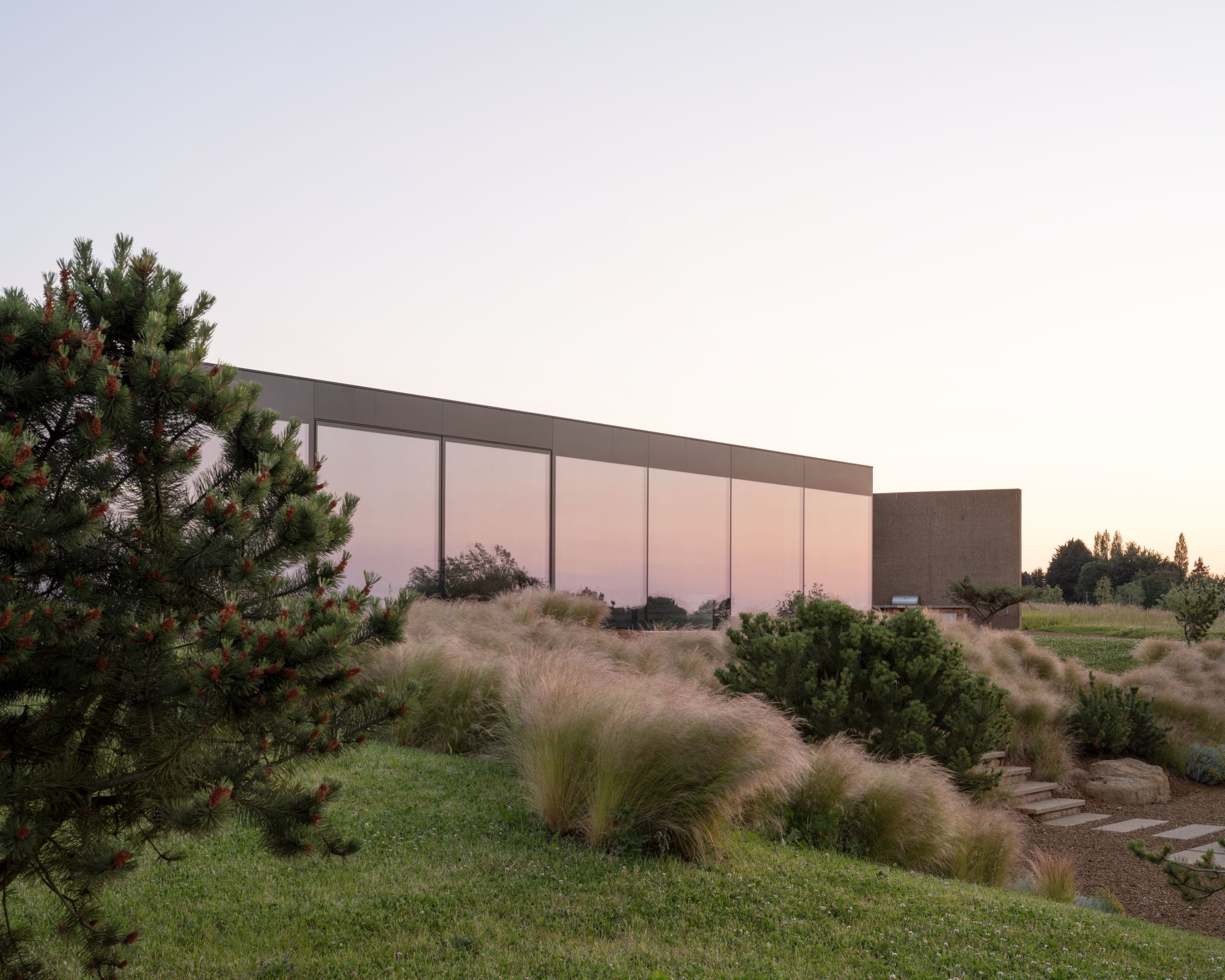 In this Cotswolds home, drama meets minimalism
In this Cotswolds home, drama meets minimalismCotswolds home Hiaven house, with interiors designed by McLaren Excell, is a perfect blend of contemporary chic and calm, countryside drama
-
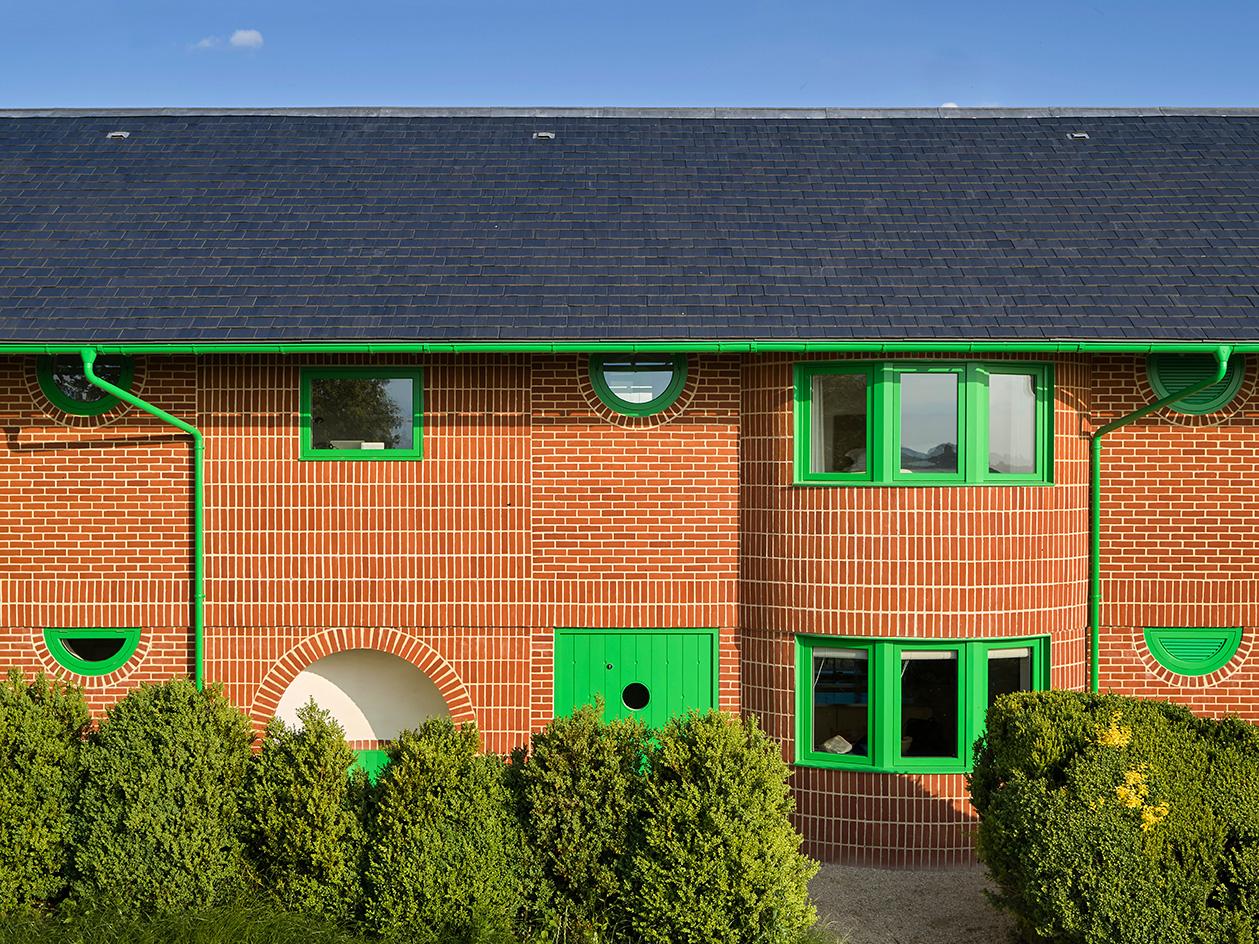 David Kohn’s first book, ‘Stages’, is unpredictable, experimental and informative
David Kohn’s first book, ‘Stages’, is unpredictable, experimental and informativeThe first book on David Kohn Architects focuses on the work of the award-winning London-based practice; ‘Stages’ is an innovative monograph in 12 parts